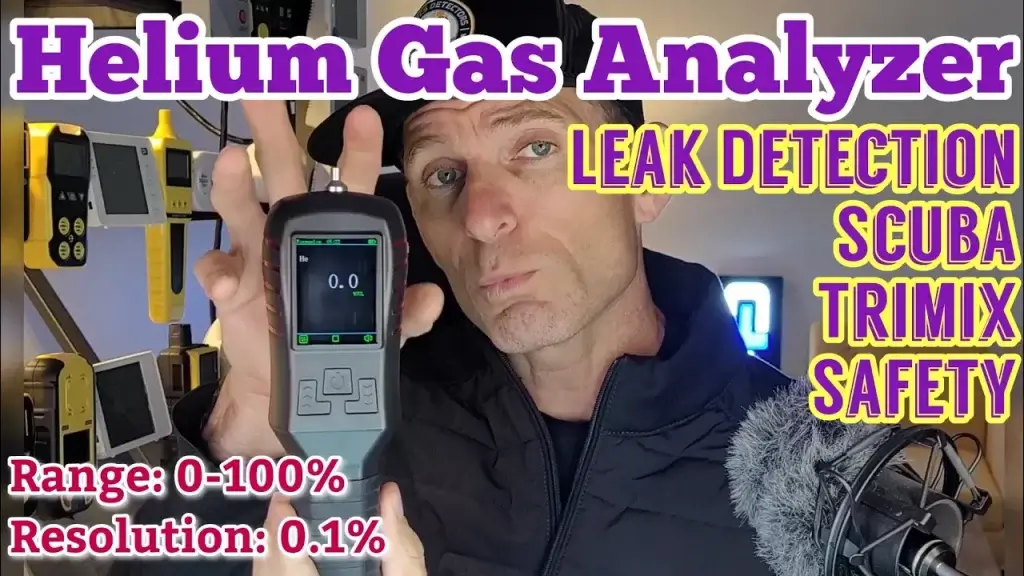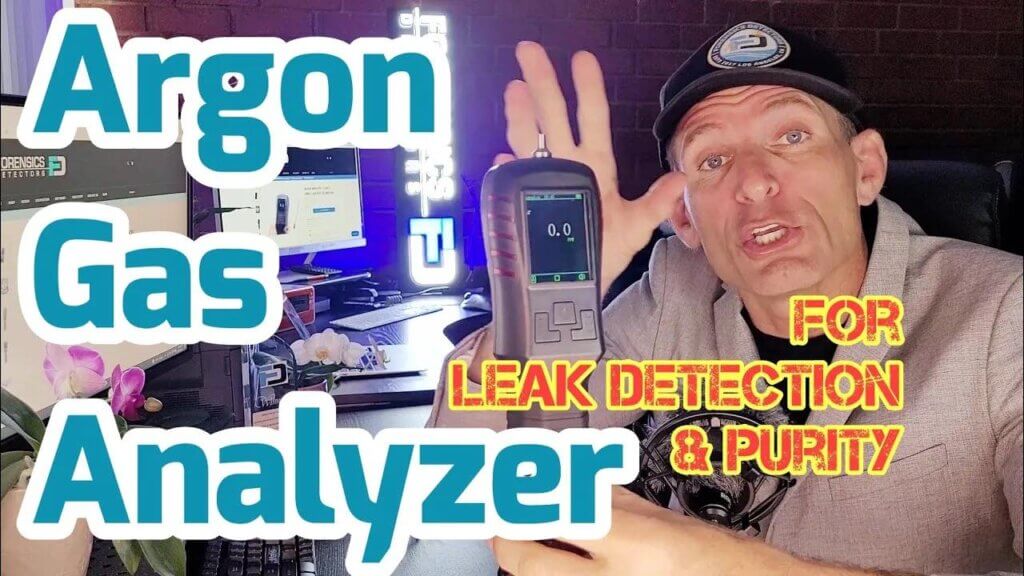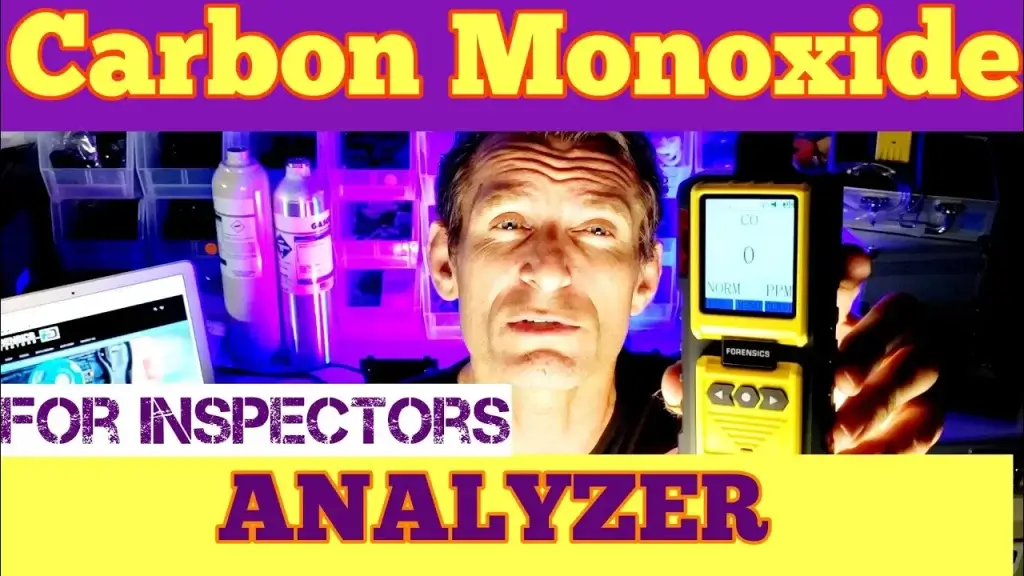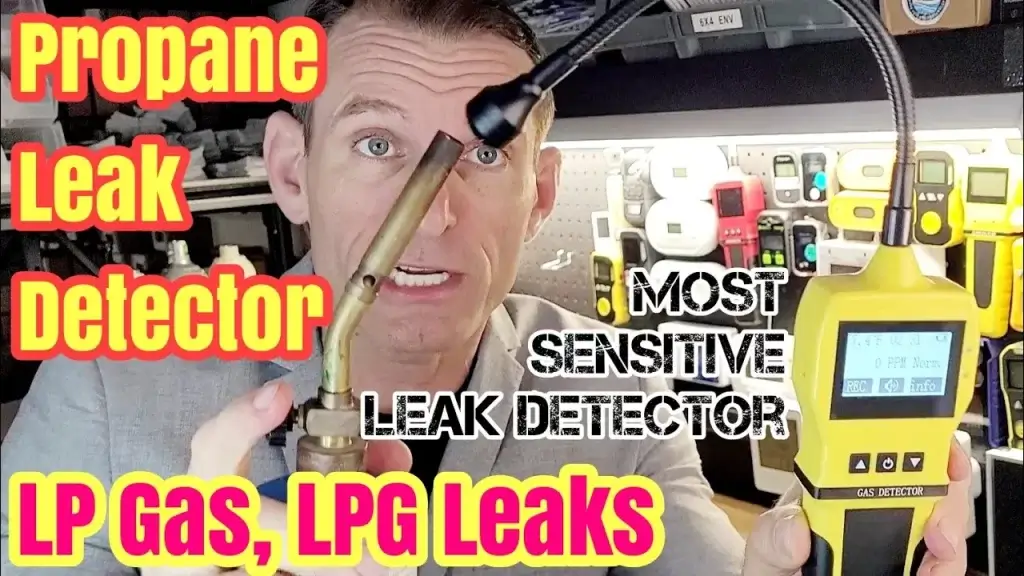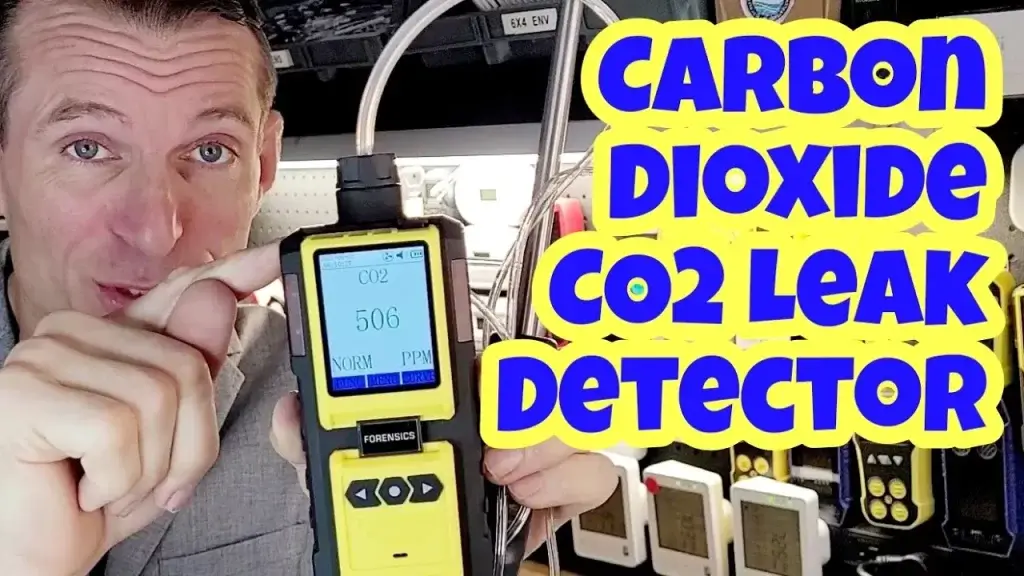Contents
- The Silent Threat: Carbon Monoxide In Pool Areas
- Symptoms And Risks Of Exposure
- Sources Of Carbon Monoxide In Hotel Pool Environments
- Regulations And Standards For Indoor Air Quality
- Government And Industry Guidelines
- Legal Obligations For Hotel Operators
- Best Practices For Carbon Monoxide Leak Testing
- Frequency And Timing Of Inspections
- Selecting The Right Detection Equipment
- Proactive Measures For Prevention
- Ventilation Systems And Air Exchange Rates
- Staff Training And Emergency Protocols
- Case Studies: Lessons From Past Incidents
- Analyzing Close Calls And Mishaps
- Improvement Strategies From Real World Scenarios
- Moving Forward: Integrating Technology And Awareness
- Innovations In Carbon Monoxide Detection
- The Role Of Guest Education In Safety
- Frequently Asked Questions For Carbon Monoxide Leak Testing Around A Hotel Pool Room And Facilities
- How Often Should Hotels Test For Co Leaks?
- What Are Symptoms of Exposure In Hotel Pools?
- Can Co Detectors Prevent Poisoning Incidents?
- What Causes Co-Buildup Around Hotel Pools?
- Conclusion
Carbon monoxide leak testing is crucial for safety in hotel pool rooms and facilities. Regular inspections prevent health hazards and ensure guest well-being.
Ensuring guest safety in hotel environments, especially around recreational facilities like pool rooms, requires vigilant maintenance practices, including thorough carbon monoxide leak testing. Carbon monoxide (CO), an invisible, odorless gas, can pose severe health risks if emitted from faulty heating systems often used to maintain pool water and ambient temperatures.
Effective testing protocols are necessary to detect CO leaks early, protecting guests and staff from potential poisoning. Hotels must prioritize this testing within their regular maintenance schedules to uphold safety standards and foster a secure atmosphere.
Proactive measures, including the installation of CO detectors and professional assessments of HVAC systems, contribute to a serene, health-conscious occupancy experience. These steps reassure guests that their comfort and safety are of paramount importance.
The Silent Threat: Carbon Monoxide In Pool Areas
Imagine relaxing by the hotel pool when danger lurks unseen. Carbon monoxide (CO),
a colorless and odorless gas, poses a hidden hazard. These environments are not immune to CO’s silent
threat. Understanding and preventing carbon monoxide exposure is key to ensuring a safe, enjoyable visit to hotel pool areas.
Symptoms And Risks Of Exposure
Identifying carbon monoxide poisoning can be challenging, as symptoms often mimic those of common illnesses.
Look out for:
- Headaches: A common and early symptom
- Dizziness: Feeling lightheaded or faint
- Nausea: Including vomiting or an upset stomach
- Confusion: Difficulty thinking clearly
- Weakness: A sudden lack of energy
High levels of CO can be fatal. Vulnerable guests, such as young children,
pregnant women, the elderly, and those with heart conditions, face greater risks. Quick detection and action are crucial.
Sources Of Carbon Monoxide In Hotel Pool Environments
CO can originate from various sources around hotel pools, including:
- Heating Systems: Boilers and water heaters used to warm the pool
- Gasoline Engines: Equipment for maintenance may emit CO
- Room Design: Poor ventilation traps CO indoors
- Adjacent Garages: Vehicle exhaust can infiltrate pool areas
Regular maintenance and proper ventilation are essential. Hotels must install CO detectors
and conduct routine leak tests to ensure the safety and well-being of their guests.
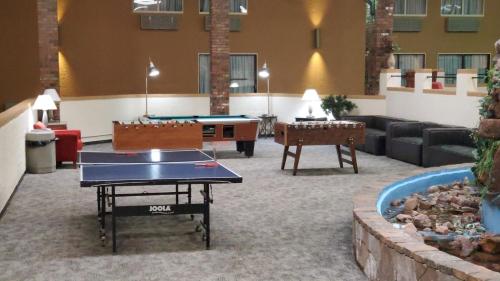
Regulations And Standards For Indoor Air Quality
Indoor air quality is vital for guest safety in hotel pool rooms and facilities. Carbon monoxide leak testing becomes crucial in these areas. It helps prevent health risks. Governments and industries have set guidelines. They ensure the air guests breathe is safe. Let’s explore these regulations. Learn what hotel operators must do to comply.
Government And Industry Guidelines
Strict guidelines exist for air quality. The Environmental Protection Agency (EPA) leads in the U.S. They create rules for safe indoor environments. The Occupational Safety and Health Administration (OSHA) also pitches in. Together, they set permissible exposure limits for carbon monoxide. Indoor pool areas must meet these standards. Testing for leaks regularly is a must. This guarantees a safe and fun swimming experience.
- EPA standards – focus on protecting health.
- OSHA regulations – ensure workplace safety, including hotel staff and guests.
Legal Obligations For Hotel Operators
Hotel operators have a duty to their guests and staff. They must maintain safe indoor air levels. Legal requirements guide this duty. Negligence can lead to penalties. Keeping up with testing for carbon monoxide is crucial. The right detectors and routine checks can save lives. Operators must:
- Install carbon monoxide detectors near the pool area.
- Schedule routine maintenance of heating systems.
- Conduct regular air quality assessments.
Compliance is non-negotiable. It reassures guests their health is a priority. It also protects hotel owners from legal consequences.
Best Practices For Carbon Monoxide Leak Testing
Ensuring guest safety around hotel pool rooms and facilities is paramount. Regular carbon monoxide (CO) leak testing plays a critical role. This process guards against accidental poisoning from the colorless, odorless gas. Following best practices in CO leak testing safeguards health and maintains a hotel’s reputation for safety.
Frequency And Timing Of Inspections
Conducting CO leak tests at consistent intervals is crucial. Scheduled inspections should align with peak usage seasons. This policy ensures proactive management of potential risks.
- Monthly checks in high-traffic areas.
- Additional testing before and after major events or gatherings.
- Immediate inspections after installing or repairing gas heaters or boilers.
Selecting The Right Detection Equipment
Choosing an appropriate CO detector is critical for effective monitoring. Key features to consider include:
| Feature | Benefit |
|---|---|
| Digital Display | Reads levels clearly, ensuring prompt response. |
| End-of-Life Alert | Signals when replacement is necessary. |
| Battery Backup | Provides continuous protection, even during power failures. |
Select detectors bearing official certification marks for peace of mind. Additionally, consider interconnected devices for a holistic safety network around the pool area.
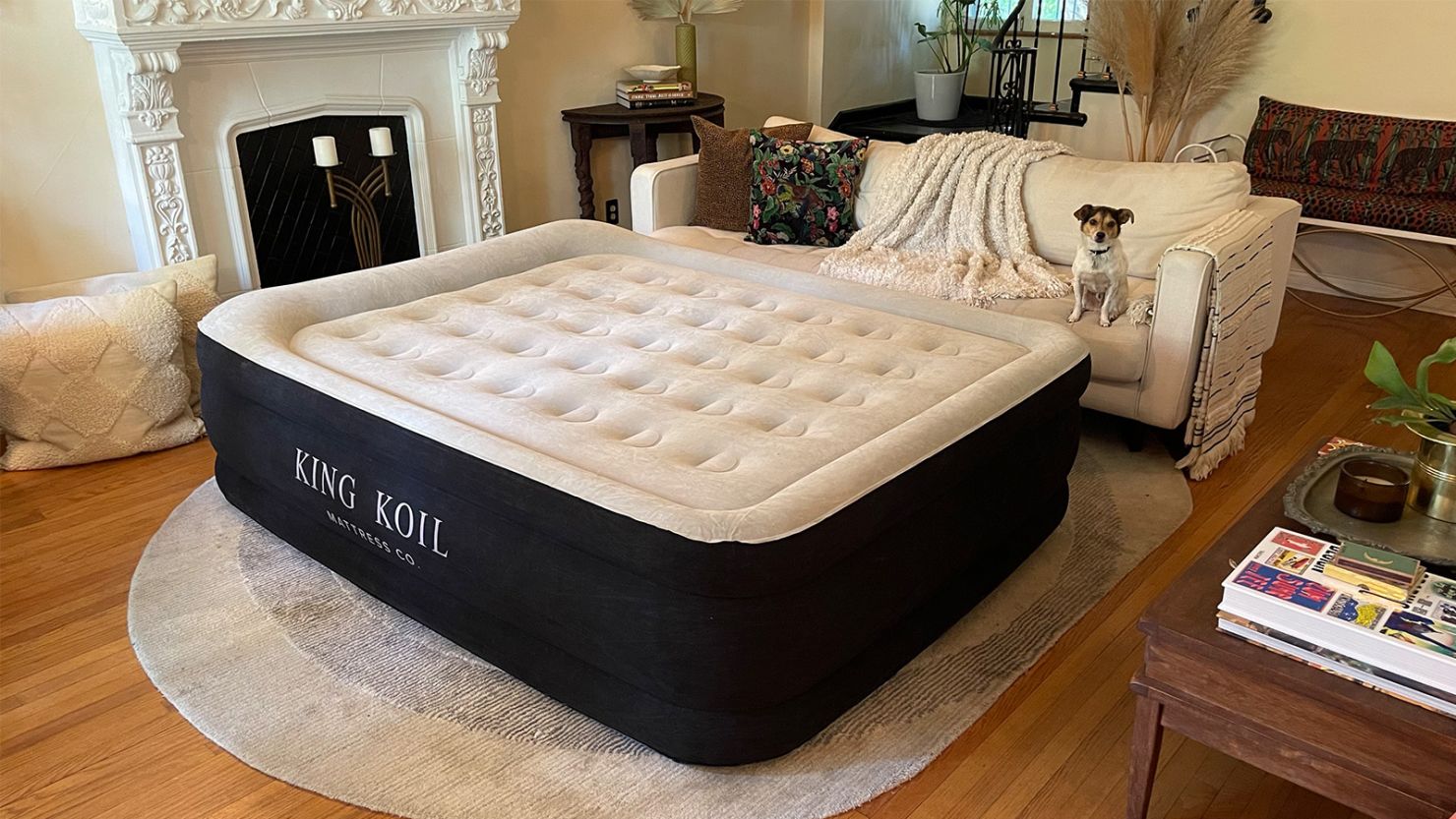
Proactive Measures For Prevention
Proactive measures for prevention are crucial in maintaining a safe environment around hotel pool rooms and facilities. Carbon monoxide (CO) is a silent threat that can cause serious health issues or even fatalities. To safeguard guests and staff, certain actions must be a priority. Focusing on ventilation and staff readiness can prevent CO build-up and ensure swift action if levels rise.
Ventilation Systems And Air Exchange Rates
Effective ventilation systems are the first line of defense against CO accumulation. They manage air quality around pool areas where gas heaters are common CO sources. Regular checks confirm these systems function correctly.
- Assess air exchange rates to adhere to industry standards.
- Implement CO detectors near potential sources and in areas with limited airflow.
- Conduct routine maintenance to catch malfunctions before they become hazards.
Staff Training And Emergency Protocols
Properly trained staff can recognize CO threats and react swiftly. Knowing how to respond reduces panic and saves lives.
- Educate everyone on CO sources and the signs of poisoning.
- Practice emergency drills to ensure quick and organized evacuation.
- Establish clear communication channels for reporting hazards and initiating emergency responses.
Case Studies: Lessons From Past Incidents
Investigating past carbon monoxide leaks in hotel pool areas reveals critical lessons. Safety lapses and close calls serve as powerful reminders. They stress the need for constant vigilance and proactive safety measures. Here, we dive into real incidents that underline the importance of regular carbon monoxide leak testing.
Analyzing Close Calls And Mishaps
Insight into near disasters helps hotels prevent future incidents. Learning from mistakes ensures guests stay safe. Review these summarized cases from hotel pool rooms:
- Hotel A: Faulty ventilation led to a leak. Quick staff action averted tragedy.
- Hotel B: Inadequate detector maintenance caused failed alerts. Renewed focus on equipment checks was the lesson.
- Hotel C: New heating system installation errors nearly resulted in disaster. Thorough reviews post-setup became mandatory.
Improvement Strategies From Real World Scenarios
Cases demonstrate that effective strategies stem from actual events. Implement these enhancements to bolster safety:
| Strategy | Benefit |
|---|---|
| Regular Detector Testing | Ensures timely alerts |
| Proper Ventilation Checks | Prevents buildup of gases |
| Staff Training | Empowers quick response |
Stay compliant with codes and standards for optimal guest protection. Respond swiftly to potential dangers. Regularly update safety protocols to reflect the latest knowledge.

Moving Forward: Integrating Technology And Awareness
Guests expect safety and comfort at hotels, especially around leisure spots like pool rooms. Ensuring the air is toxin-free is as crucial as crystal-clear water. This is where integrating cutting-edge technology with guest awareness comes into play, making the environment safer for everyone.
Innovations In Carbon Monoxide Detection
Modern technology has transformed safety measures in hotels. Carbon monoxide detectors are now more accurate and responsive.
- Smart Sensors: New detectors connect to hotel management systems, alerting staff immediately when CO levels rise.
- Mobile Integration: Some systems push alerts to smartphones, ensuring swift action.
- Regular Self-Checks: Detectors perform self-diagnostic tests to guarantee functionality.
Such innovations are vital for the areas like hotel pool rooms where the risk of CO exposure can be higher due to nearby maintenance machinery.
The Role Of Guest Education In Safety
Guests play a vital role in maintaining safety. Informing them about carbon monoxide danger is crucial. Clear signs and information booklets can raise awareness.
- Displaying signs in pool areas and rooms about the symptoms of CO poisoning.
- Providing instructions on what to do if they suspect a leak.
- Including CO safety tips in the welcome package.
Empowering guests with knowledge can mean the difference between safety and hazard. Combining educational efforts with next-gen CO detectors. This ensures a secure environment for all.
Frequently Asked Questions For Carbon Monoxide Leak Testing Around A Hotel Pool Room And Facilities
How Often Should Hotels Test For Co Leaks?
Hotels are recommended to perform carbon monoxide leak testing at least annually. More frequent testing may be warranted based on local regulations, equipment age, and usage patterns.
What Are Symptoms of Exposure In Hotel Pools?
Symptoms of carbon monoxide exposure near hotel pools can include headache, dizziness, nausea, and shortness of breath. Severe cases might involve confusion, loss of consciousness, or death.
Can Co Detectors Prevent Poisoning Incidents?
Properly installed and maintained CO detectors can significantly reduce the risk of carbon monoxide poisoning by alerting individuals to dangerous levels of CO before symptoms occur.
What Causes Co-Buildup Around Hotel Pools?
CO buildup can occur due to malfunctioning or improperly vented pool heaters and boilers. Poor maintenance or inadequate ventilation can also contribute to dangerous CO levels.
Conclusion
Ensuring the safety of hotel guests is paramount, and regular carbon monoxide leak testing is essential. The risks near pool areas are often overlooked, but proactive measures can prevent disaster. Trust in professional services to maintain a secure environment. Prioritize health; schedule your facility’s carbon monoxide assessment today.


